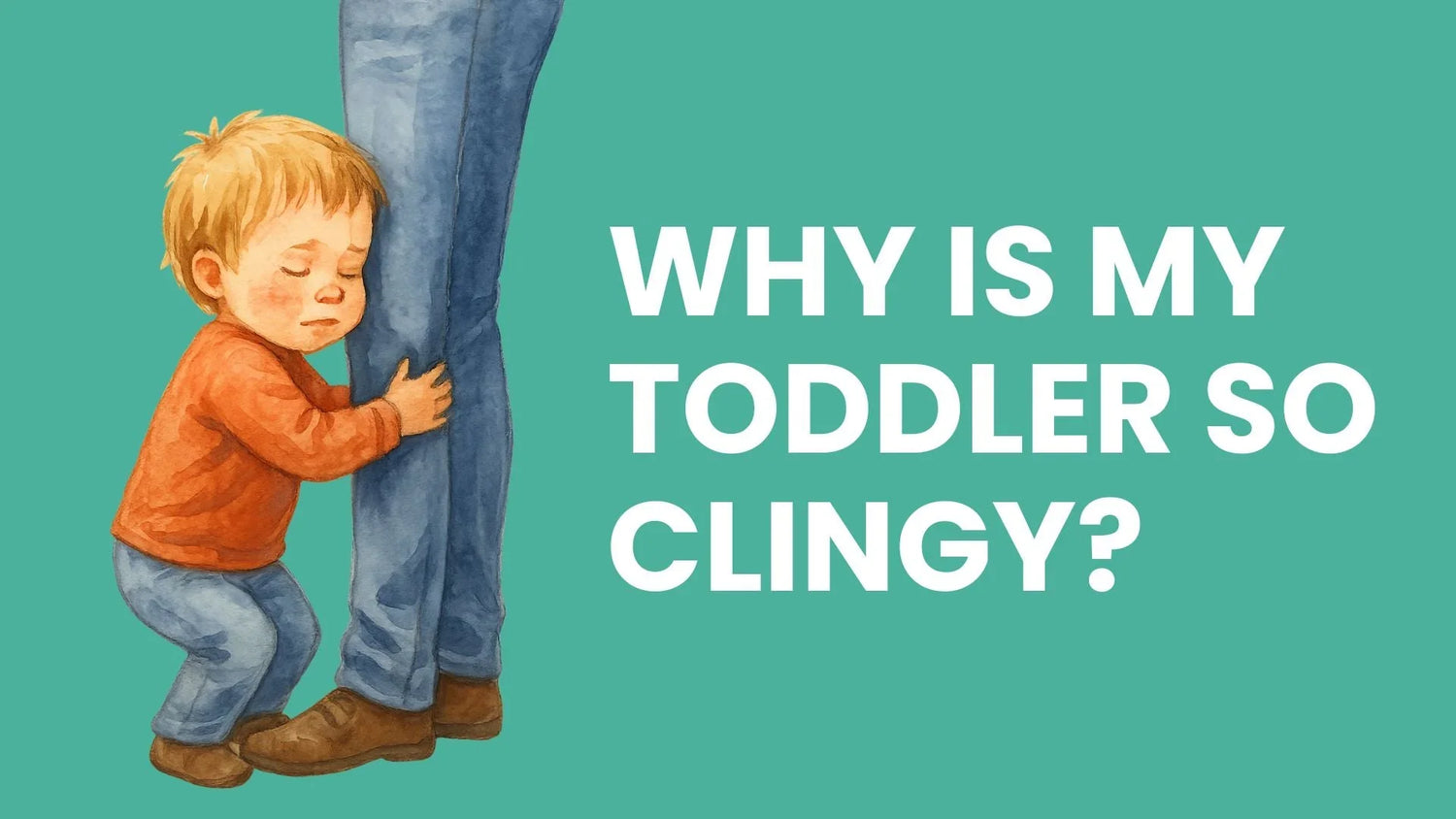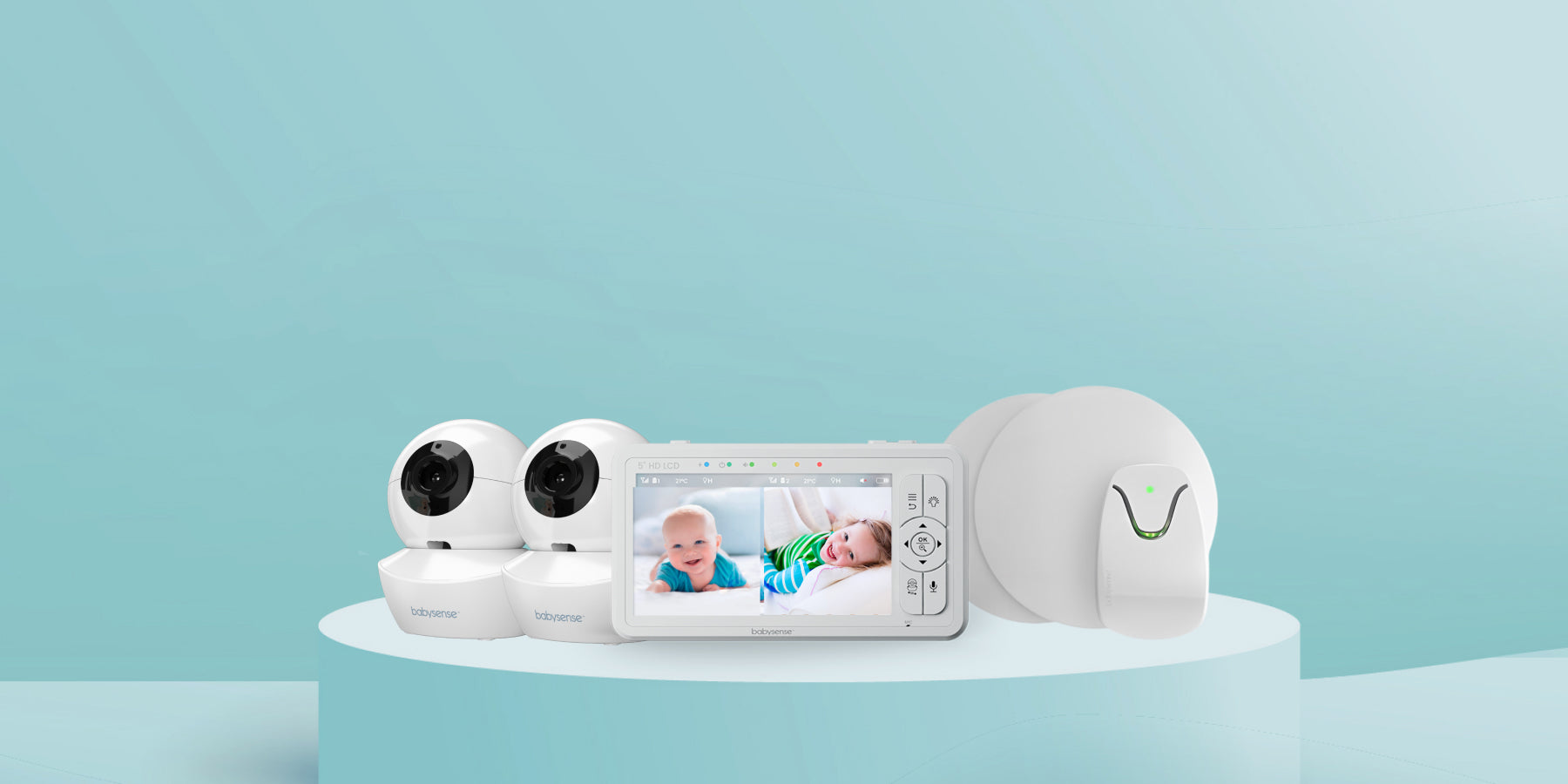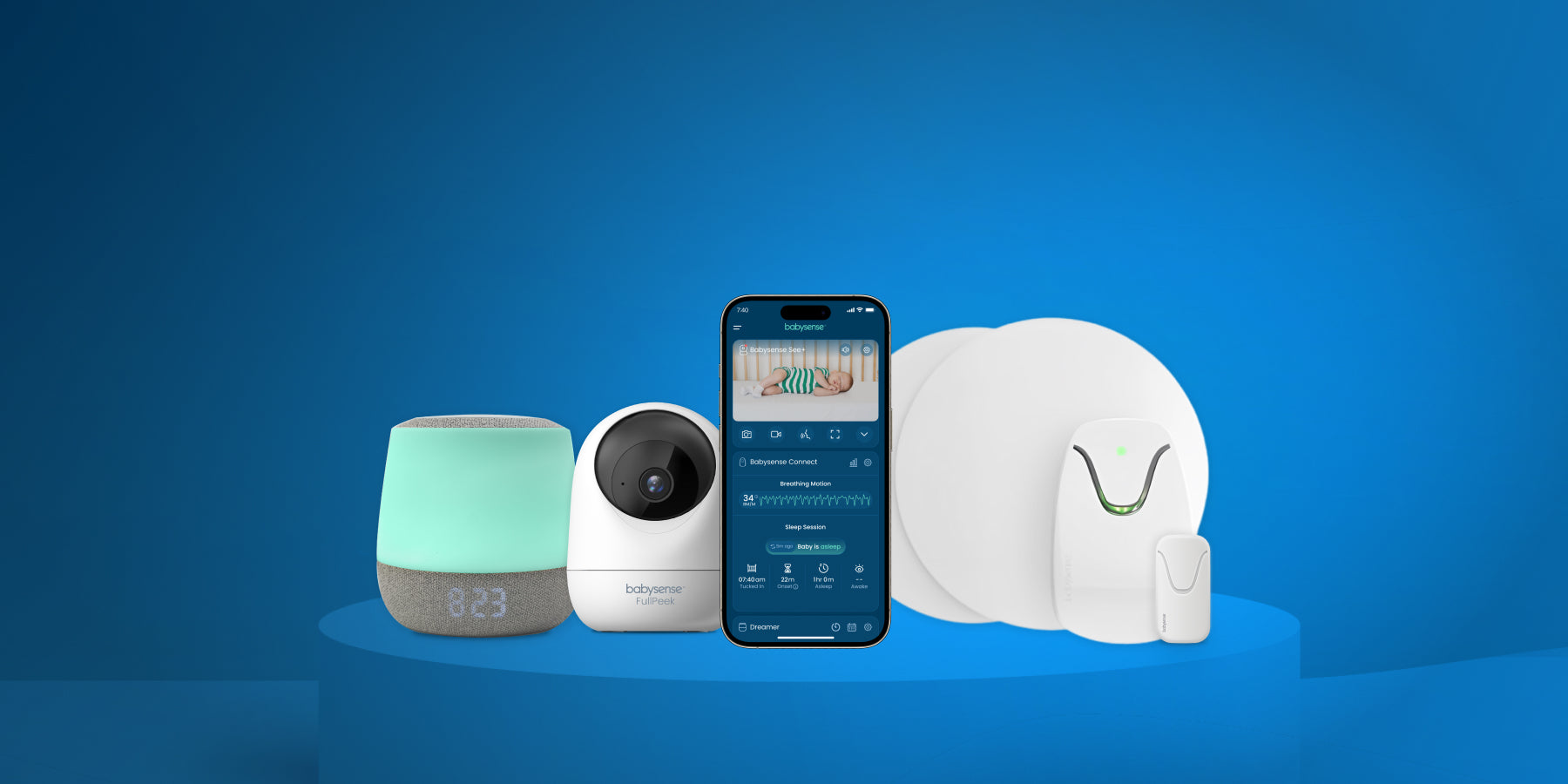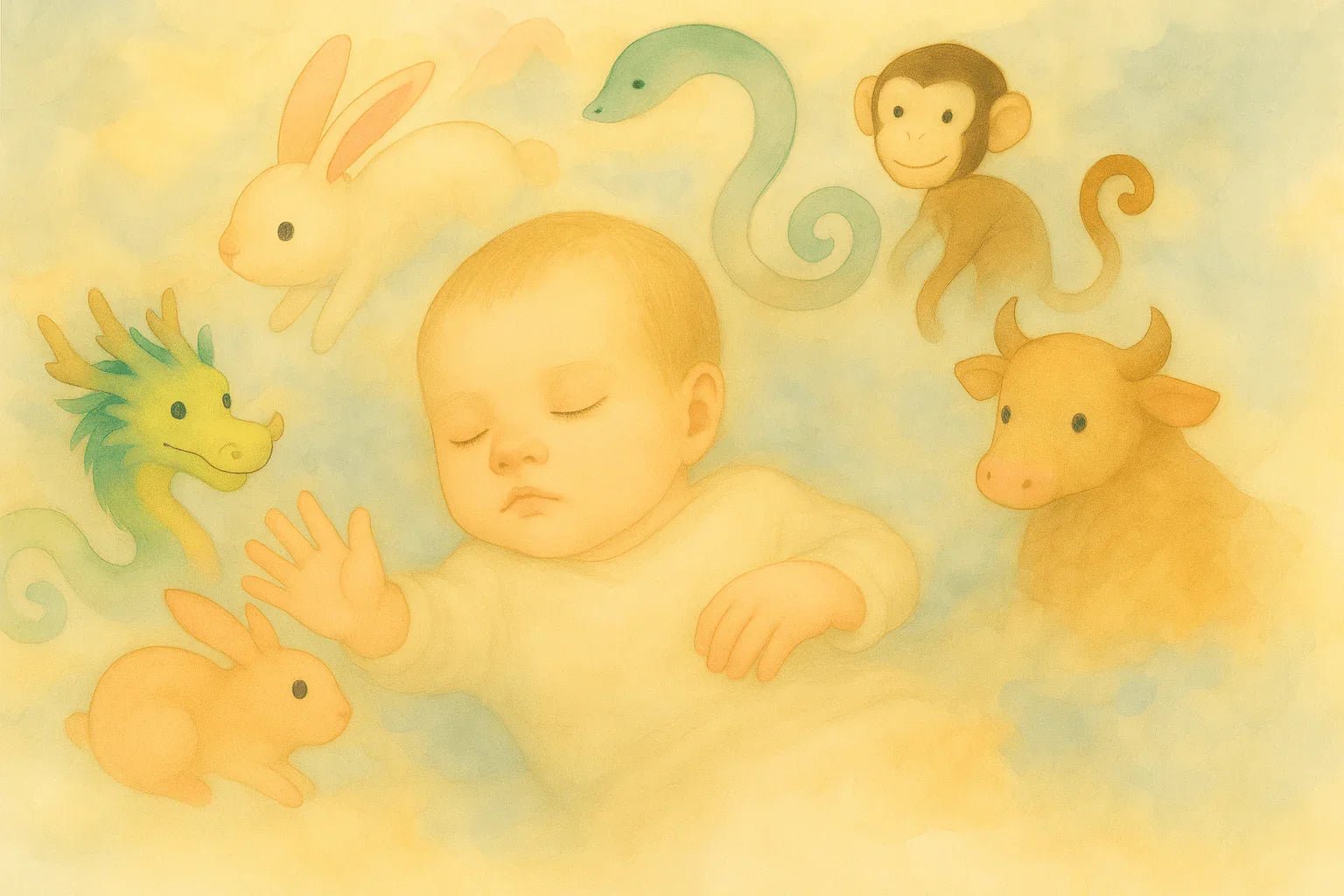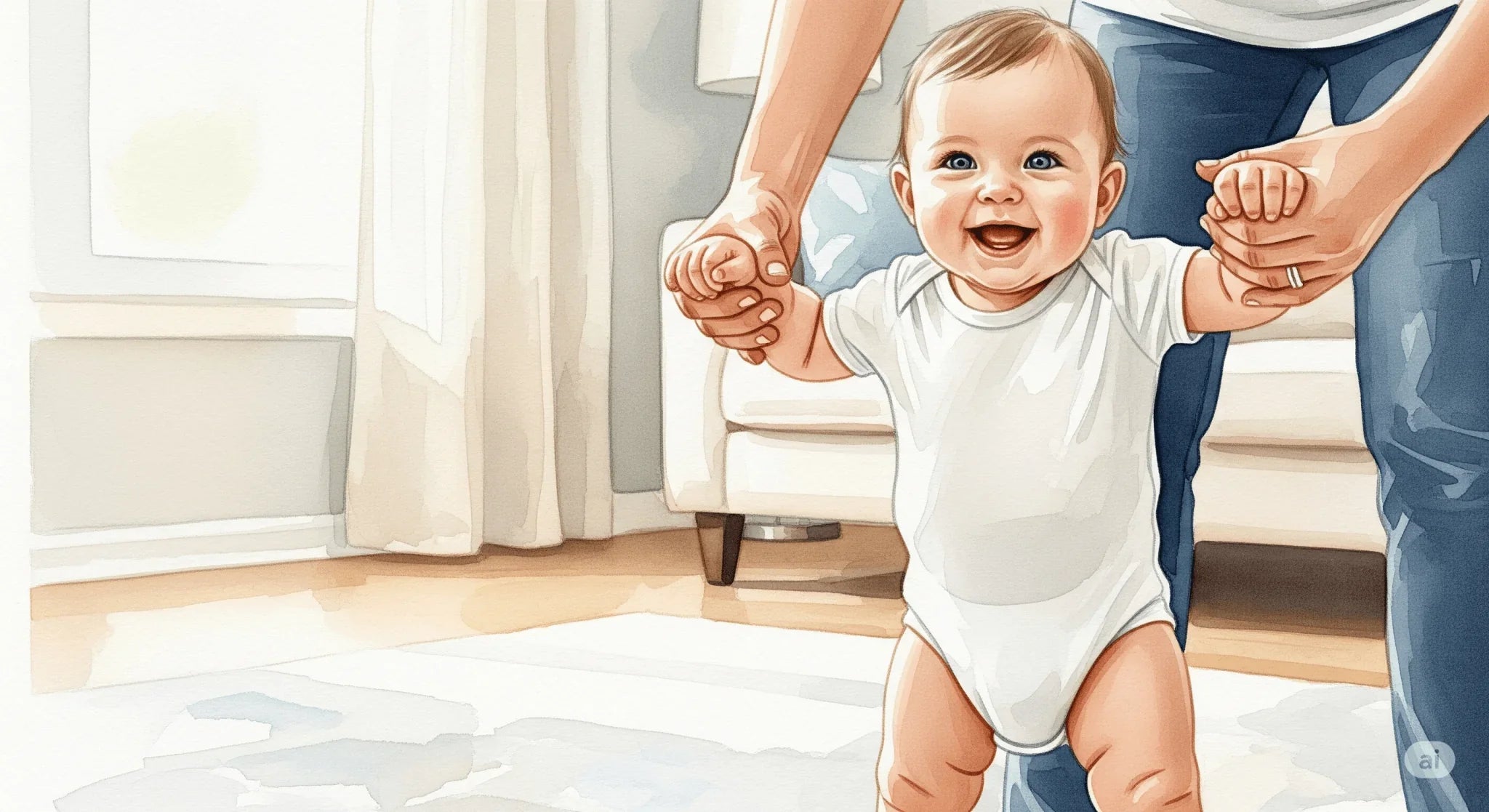If your toddler is suddenly extra clingy, you're not alone. Many parents find themselves asking, "Why is my toddler so clingy all of a sudden?" The truth is, clingy behavior in toddlers is completely normal and often tied to important developmental milestones, changes in routine, or emotional needs.
In this guide, we’ll explore the top reasons toddlers become clingy, how to tell when it’s a phase versus a concern, and what parents can do to respond with empathy—while still encouraging healthy independence.
Common Reasons Toddlers Become Clingy
1. Separation Anxiety Peaks in Toddlerhood
Separation anxiety typically begins around 8 months, peaks between 14–18 months, and may reappear in early toddlerhood. As toddlers become more aware of their surroundings and form stronger attachments, they start to fear being away from their primary caregiver.
2. Big Life Changes Disrupt Their Routine
Starting daycare, a new sibling, moving homes, or even a vacation can throw a toddler off balance. When things feel uncertain, toddlers instinctively cling to the person who makes them feel safest—you.
3. Developmental Leaps and Milestones
Just like babies have sleep regressions, toddlers have emotional and cognitive growth spurts. These changes can be overwhelming. It’s common for toddlers to regress or seek more closeness during these intense periods.
4. Temperament and Personality
Some toddlers are naturally more cautious or sensitive. These children may be shy in new situations or need more comfort in unfamiliar environments. Their clinginess isn’t a flaw—it’s just part of who they are.
5. Illness, Teething, or Fatigue
When your toddler feels off—whether from teething, a cold, or simply a skipped nap—they’re more likely to become clingy and crave physical closeness.
6. Emotional Regulation Is Still Developing
Toddlers are still learning how to manage their emotions. When they’re sad, scared, or overstimulated, they turn to you for comfort—just like they should. Your presence is their safe space.
Is Clinginess a Red Flag?
Clinginess is usually a phase, not a problem. But if it’s paired with severe anxiety, developmental delays, or it’s interfering with daily activities for extended periods, it might be worth checking in with a pediatrician or child psychologist.
How to Support a Clingy Toddler (Without Reinforcing the Behavior)
✅ Validate Their Feelings
Instead of brushing off clinginess, acknowledge it: "I see you want to stay close right now. That’s okay." This builds emotional safety.
✅ Practice Brief Goodbyes
If you’re leaving—even briefly—don’t sneak out. Tell your toddler when you’re going and when you’ll be back. Consistency builds trust.
✅ Ease Into New Situations
Introduce new environments gradually. Visit daycare together before the first full day. Let them warm up with you nearby before expecting independence.
✅ Create Predictable Routines
Routines help toddlers feel in control. Regular meal times, naps, and bedtime routines reduce anxiety and promote confidence.
✅ Use a Baby Monitor for Reassurance
Using a reliable baby monitor like the Babysense Maxview can offer peace of mind for both you and your toddler during quiet time or naps, helping them feel secure even when you're in another room.
✅ Offer One-on-One Connection
Set aside 10–15 minutes daily for undistracted time together. Even short bursts of connection can reduce clingy behavior throughout the day.
✅ Encourage Independent Play
Start with playing side-by-side (parallel play) and gradually encourage solo play with reassurance: "I’m just in the kitchen if you need me."
✅ Use Comfort Objects
A favorite stuffed animal or blanket can help toddlers self-soothe when you're apart. These "transitional objects" can reduce the intensity of separation.
✅ Give Them Choices
Empower your toddler by letting them choose between two options (e.g., "Do you want the red cup or blue cup?"). It fosters independence and reduces power struggles.
✅ Model Confidence
Your tone and body language matter. If you seem anxious about leaving or frustrated by clinginess, your toddler will pick up on it. Stay calm and confident.
Final Thoughts
Clinginess means your toddler sees you as their safe base—and that’s a good thing. Most toddlers outgrow this stage naturally. With patience, empathy, and consistent boundaries, your child will gain the confidence to explore the world without needing to be glued to your side.

